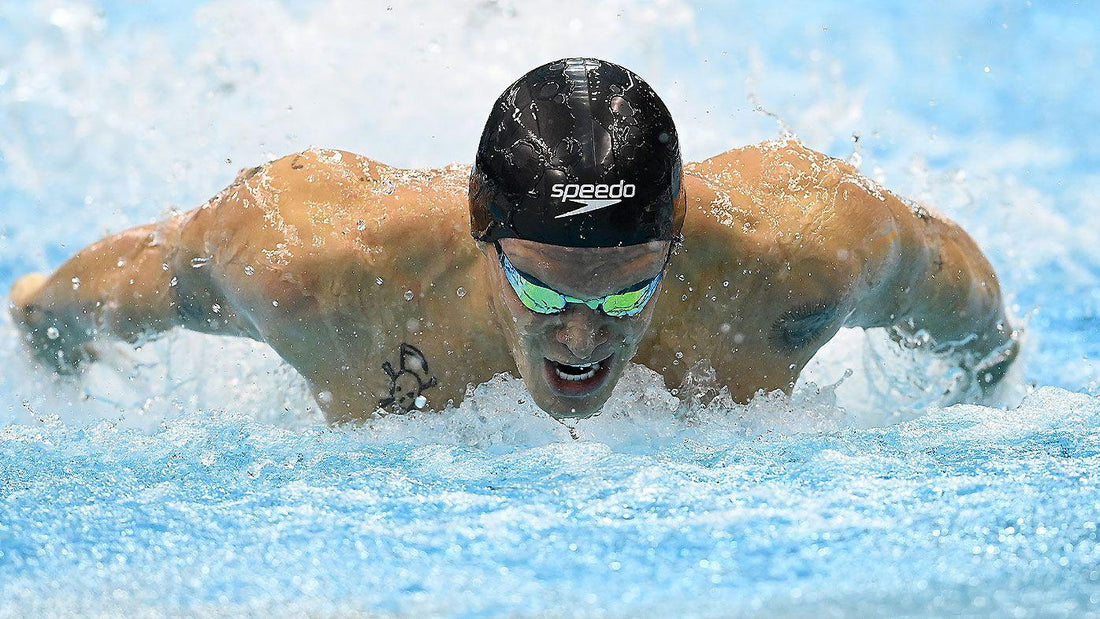5 Signs your shoulder pain with swimming needs to be taken seriously!

During a 4km swimming session, an average swimmer will complete around 2000 rotations of each shoulder.
Each stroke requires a lot of shoulder flexibility and range of movement, and can put a lot of strain on the shoulder. It is therefore not surprising that shoulder pain or injury is a common complaint in swimmers.
Swimmers Shoulder

The term “swimmers shoulder” is used to describe these shoulder injuries, but it is quite broad and can include a few different structures in the shoulder.
Often it will involve a subacromial bursitis or rotator cuff tendinopathy. However, due to the complex nature of the shoulder girdle and surrounding anatomy, an appointment with a physio can help to assess your specific impairments and the source of your pain.
How do you know if you have swimmers shoulder?
Some of the signs and symptoms include:
- Pain with overhead movement
- Decreased range of movement in the affected shoulder
- Decreased strength in the affected shoulder
- Feeling of instability in the shoulder
- Pain with Freestyle and Butterfly
There are a few different reasons that shoulder pain can occur in swimmers, unlike other sports injuries there is usually not an incident or mechanism (i.e falling onto your shoulder or arm).
More often it is due to either:
- A significant change in training load that causes an overuse injury in the shoulder
- A change in your stroke pattern, potentially due to a weak or tight muscle that has caused imbalances around the shoulder and affected the way you move
What should you do if your shoulder starts to hurt during or after a swimming session?

Initially, you may need to decrease your swimming load temporarily to give the shoulder time to rest and heal.
Some individuals find an ice pack on the shoulder for 15-20mins after the swimming training can help to improve any aching/soreness they are experiencing.
Swimmers shoulder has been shown to respond well to a gradual return to swimming program alongside a physiotherapist-guided shoulder mobility and stability program to minimise risk of reinjury.
At Leading Edge Physiotherapy we have a range of strength testing equipment to identify exactly what areas you as an individual need to improve on to get back to training. This may include exercises to help strengthen your rotator cuff muscles, and activation of surrounding muscles that control the movement of your shoulder and shoulder blade.
